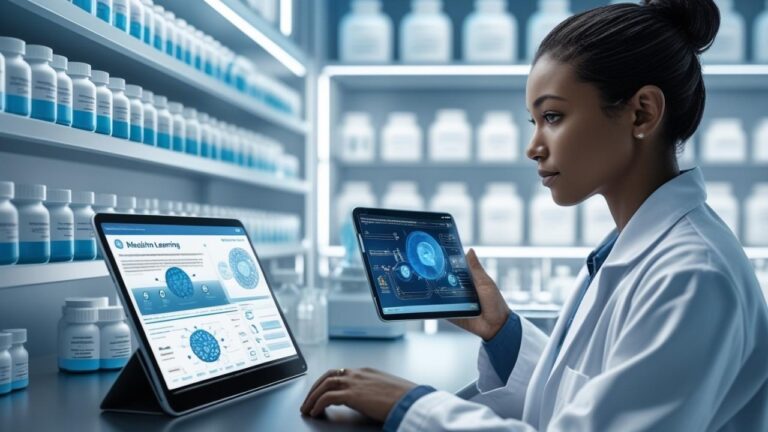Counterfeit pharmaceuticals represent one of the most pressing global health threats in modern medicine.
Millions of people unknowingly consume falsified drugs every year, resulting in treatment failures, prolonged illnesses, and countless preventable deaths.
According to WHO, nearly 10% of medicines circulating in low and middle-income countries are falsified, creating an urgent need for detection tools capable of protecting global populations.
Globalization has expanded the pharmaceutical supply chain, but it has also exposed vulnerabilities that criminal networks exploit.
The increasing complexity of international trade, combined with the rise of online marketplaces, makes it easier for counterfeit products to circulate unnoticed.
The Scope of the Counterfeit Drug Problem
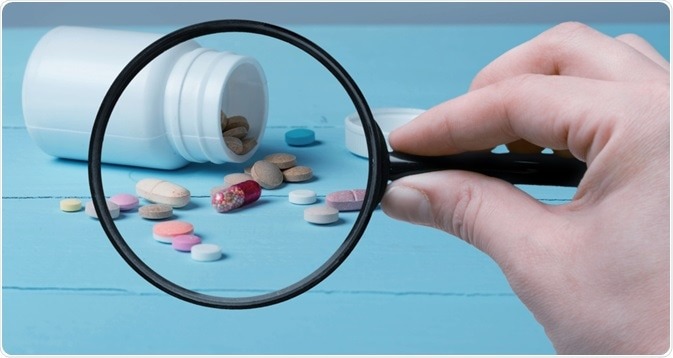
Counterfeit pharmaceuticals have become a global crisis affecting both economies and public health systems.
The market for fake medicines is estimated to generate between $75 and $200 billion every year.
Economic damage hits legitimate manufacturers hard, while health services face mounting pressure due to ineffective treatments, antimicrobial resistance, and tragic fatalities.
Areas such as Sub-Saharan Africa and parts of Asia, including Turkey, remain among the most vulnerable due to weak regulatory systems and limited testing infrastructure.
The main sources of counterfeit production can be identified clearly:
- Countries with extensive pharmaceutical manufacturing, such as China and India.
- Unregulated online platforms and social media marketplaces.
- Smuggling networks operated by organized criminal groups.
These drugs often circulate through complex global routes, making detection and enforcement difficult.
Packaging has become increasingly sophisticated, allowing falsified products to mimic genuine ones with alarming accuracy.
Public health experts have raised concerns that falsified pharmaceuticals erode public trust in healthcare systems and contribute to drug-resistant diseases.
Agencies need faster, smarter surveillance technologies to keep pace with counterfeit operations that constantly adapt to new regulations.
Broader Technological Innovations
Modern pharmaceutical security strategies rely on several interlinked technologies designed to monitor, trace, and authenticate products at every stage of distribution.
Among the most influential developments are:
AI and Machine Learning Applications
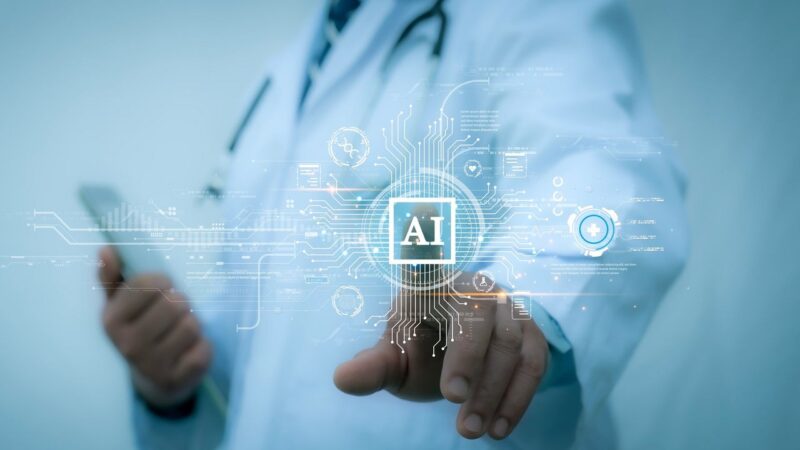
Intelligent systems now analyze patterns across large data sets to detect anomalies in labeling, composition, or shipment routes.
Predictive analytics help authorities identify suspicious activities before products reach markets.
AI checker free tools contribute by improving analytical accuracy and validation processes.
Together, these advancements create an integrated defense framework that reduces the success rate of counterfeit networks while boosting global transparency and consumer safety.
Track-and-Trace Systems
Countries like Turkey have implemented national frameworks such as ITS, which assign serialized barcodes or 2D matrix codes to each product.
These systems allow regulators to trace the entire supply chain, making it nearly impossible for counterfeit drugs to infiltrate legitimate channels.
Blockchain Technology
A decentralized ledger provides tamper-proof verification of every transaction within the supply chain. Data cannot be altered or erased, ensuring transparency and rapid removal of detected counterfeit batches.
Smart Packaging and RFID Tags
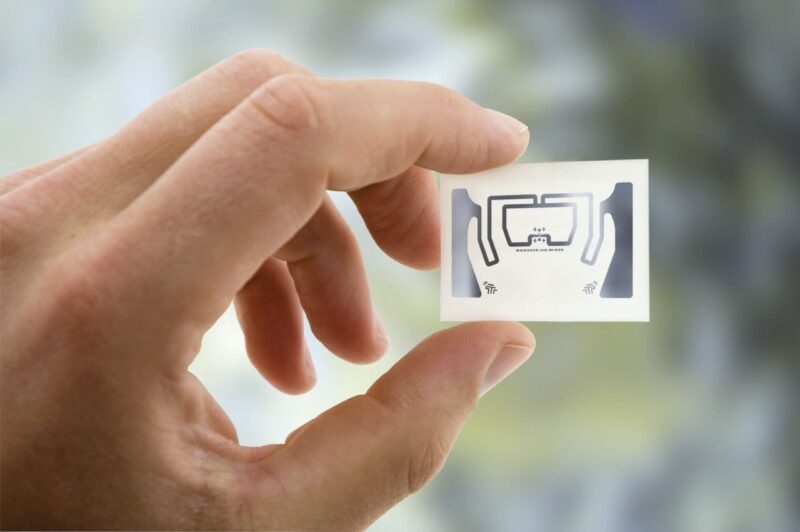
Use of NFC chips, holographic labels, and scannable QR codes empowers both pharmacies and consumers to verify authenticity.
Batch details, expiration dates, and origin data are instantly available through a smartphone scan, creating a secure link between producer and end-user.
Emerging Detection Technologies
Health agencies have turned to rapid-response tools designed for real-time verification.
Among the most promising innovations is FakeMedSensor, developed at the University of Brighton by Professor Bhavik Patel and Dr. Rico Shergill.
This handheld electrochemical device enables users to test the authenticity of active pharmaceutical ingredients on-site.
It is compact, cost-effective, and adaptable for both developed and developing regions, currently in pilot testing for broader implementation.
Key features that define its effectiveness include:
- Real-time electrochemical sensing that analyzes chemical composition.
- Detection of formulation inconsistencies to identify falsified medicines.
- Proven success in identifying fake versions of drugs such as Ozempic in UK seizures.
A major advantage of FakeMedSensor lies in its scalability. Its design accommodates use across various fields, including:
- Human medicine.
- Veterinary applications.
- Agricultural pharmaceuticals.
Such versatility makes it a valuable tool for global health agencies combating counterfeit drug circulation.
Summary
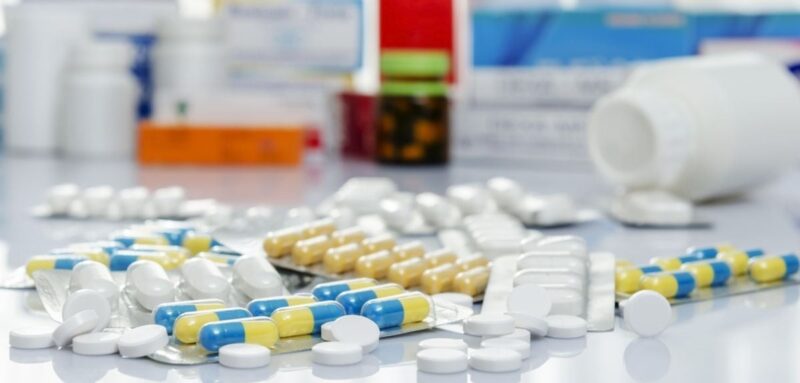
Global efforts to eliminate counterfeit pharmaceuticals depend on cooperation and innovation.
No single technology can solve the problem alone, but the combination of detection devices, blockchain systems, AI-driven analytics, and robust regulatory frameworks creates a strong defense.
Collaboration between health agencies, pharmaceutical companies, and technology innovators remains critical for long-term success.

